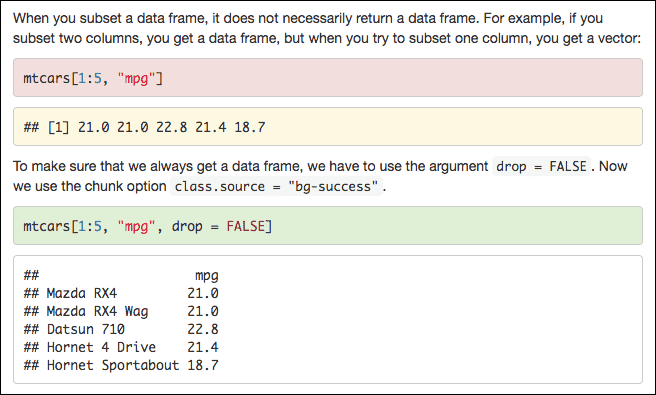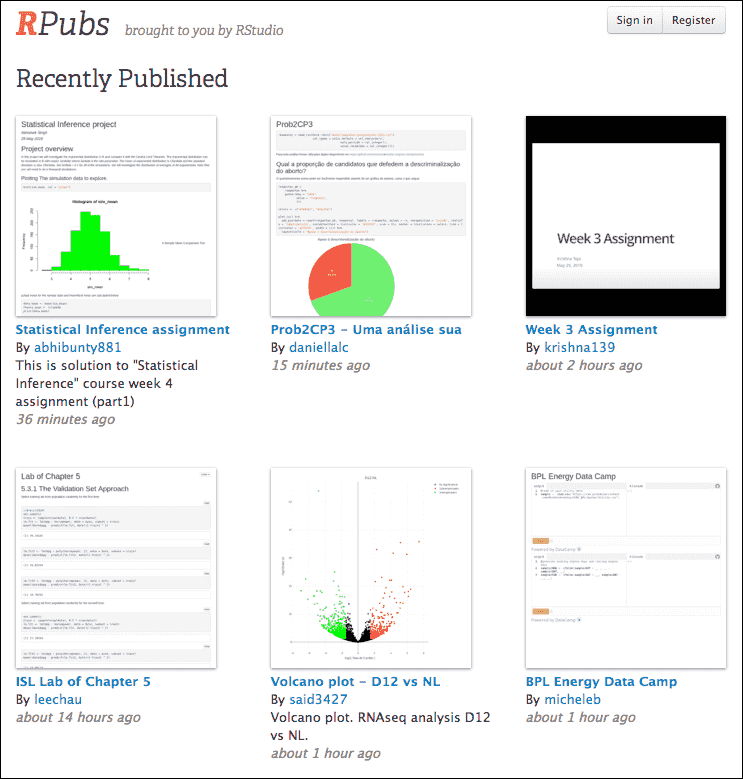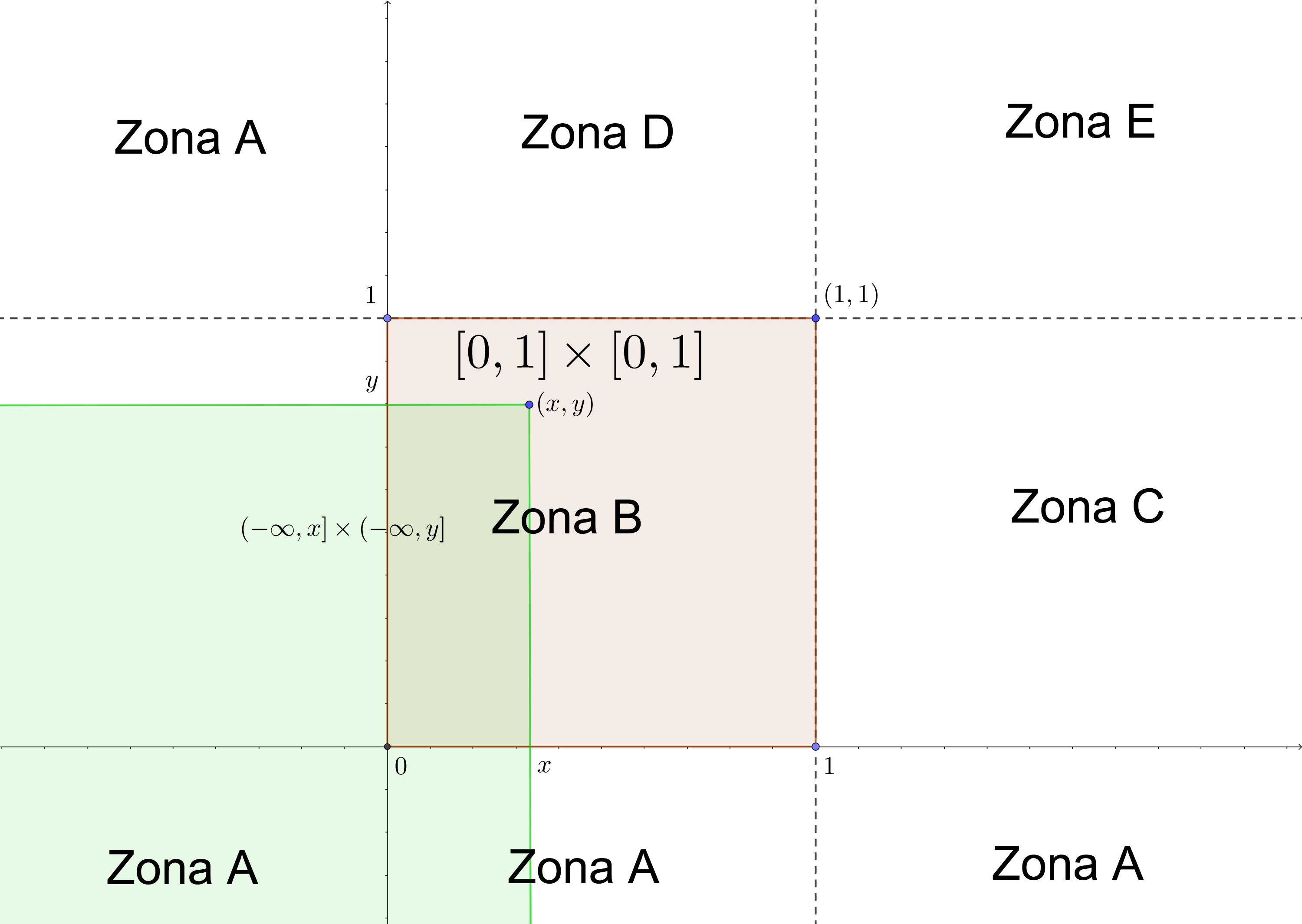Bookdown Python
A open-source (GPL-3) R package to facilitate writing books and long-form articles/reports with R Markdown. Features include:
- Generate printer-ready books and ebooks from R Markdown documents
- A markup language easier to learn than LaTeX, and to write elements such as section headers, lists, quotes, figures, tables, and citations
- Multiple choices of output formats: PDF, LaTeX, HTML, EPUB, and Word.
- Possibility of including dynamic graphics and interactive applications (HTML widgets and Shiny apps)
- Support for languages other than R, including C/C++, Python, and SQL, etc.
- LaTeX equations, theorems, and proofs work for all output formats
- Can be published to GitHub, bookdown.org, and any web servers
- Integrated with the RStudio IDE
- One-click publishing to https://bookdown.org
Book
Installation
You can install the package from CRAN as follows:
- Visualisation with Python. 1 Jumping Rivers. Jumping Rivers is an analytics company whose passion is data and machine learning.
- The easiest way to start a new Bookdown project is from within RStudio IDE. Go to File New Project New Directory Book project using bookdown. This will create a new directory with an example book as template. You can build the HTML version of this example book without doing any modification.
If you want to use the development version of the bookdown package, you can install the package from GitHub via the remotes package:
Apr 14, 2021 Support a wide range of languages: R, C/C, Python, Fortran, Julia, Shell scripts, and SQL, etc. LaTeX equations, theorems, and proofs work for all output formats. Can be published to GitHub, bookdown.org, and any web servers. Integrated with the RStudio IDE. One-click publishing to Below is a list of featured books. Visualisation with Python. 1 Jumping Rivers. Jumping Rivers is an analytics company whose passion is data and machine learning. We help our clients move from data storage to data insights. Jumping Rivers has delivered quality data insights from day 1. Based in Newcastle and founded in 2016, the company is bringing a.
Usage
The easiest way to start a new Bookdown project is from within RStudio IDE. Go to File > New Project > New Directory > Book project using bookdown.
This will create a new directory with an example book as template. You can build the HTML version of this example book without doing any modification:
- Go into the Build Pane in the RStudio IDE
- Click on Build Book > bookdown::gitbook
You can also run bookdown::render_book() in the R console.
Learn more about using bookdown in the Getting started section.


Getting help
There are two main places to get help:

The RStudio community is a friendly place to ask any questions about bookdown. Be sure to use the
bookdowntag.Stack Overflow is a great source of answers to common bookdown questions. Use the tags
[r][bookdown]if you ask a question.
Code of Conduct
Please note that the bookdown project is released with a Contributor Code of Conduct. By contributing to this project, you agree to abide by its terms.
2.1 Numbers
Two types of built-in number type, integer and float.
2.1.1 Integer
2.1.2 Float
2.1.3 Number Operators
In general, when the operation potentially return float, the result is float type. Otherwise it return integer.
Division always return float
Integer Division by integer return inter. Integer division by float return float.
Remainder by integer return integer.
Remainder by float return float
Power return int or float
2.2 String
String is an object class ‘str.’ It is an ordered collection of letters, an array of object type str
2.2.1 Constructor
2.2.1.1 Classical Method
class str(object=')
class str(object=b', encoding='utf-8', errors='strict')
2.2.1.2 Shortcut Method
2.2.1.3 Multiline Method
Note that the variable contain n front and end of the string.
2.2.1.4 Immutability
- String is immuatable. Changing its content will result in error
- Changing the variable completley change the reference (for new object)
2.2.2 Class Constants
2.2.2.1 Letters
2.2.2.2 Digits
2.2.2.3 White Spaces
2.2.3 Instance Methods
2.2.3.1 Substitution : format()
By Positional
By Name
By Dictionary Name
Formatting Number
Float
Integer, Percentage
Alignment
2.2.3.2 Substitution : f-string
2.2.3.3 Conversion: upper() lower()
2.2.3.4find() pattern position
2.2.3.5strip() off blank spaces
2.2.3.6 List Related: split()
Splitting delimeter is specified. Observe the empty spaces were conserved in result array
2.2.3.7 List Related: join()
2.2.3.8 Replacement: .replace()
2.2.4 Operator
2.2.4.1% Old Style Substitution
2.2.4.2+ Concatenation
2.2.4.3in matching
For single string, partial match
For list of strings, exact match (even though only one element in list).
For partial match, workaround is to convert list to single string
2.2.4.4 Comparitor
Comparitor compares the memory address.
2.2.5 Iterations
If step is negative (reverse), end value must be lower than start value
2.3 Boolean
2.3.1 What is Considered False ?
Everything below are false, anything else are true
2.3.2and operator
BEWARE !
- and can return different data types
- If evaluated result is True, the last True Value is returned (because python need to evaluate up to the last value)
- If evaluated result is False, the first False Value will be returned (because python return it immediately when detecting False value)
2.3.3not operator
2.3.4or operator
- or can return different data type
- If evaluated result is True, first True Value will be returned (right hand side value need not be evaluated)
- If evaluated result is False, last Fasle Value will be returned (need to evalute all items before concluding False)
2.4 None
2.4.1 None is an Object
- None is a Python object NonType
- Any operation to None object will result in error
- For array data with None elements, verification is required to check through iteration to determine if the item is not None. It is very computaionaly heavy
2.4.2 Comparing None
Not Prefered Method
Bookdown Python Online

Prefered
Bookdown Python Code
2.4.3 Operation on None

Bookdown Python Programming
Any operator (except is) on None results in error.
